Yellow Bird of Paradise (Caesalpinia gilliesii) Care Guide
Shrubs, vines, low-growing perennials, and grasses can be used for landscaping. Landscapers and homeowners use bright, dramatic plants to accentuate exterior areas. With its fast growth, 6-foot growth, and exuberant colors, the yellow bird of paradise is the perfect outdoor plant. However, growing this desert plant successfully can be challenging for starters.
The yellow bird of paradise plant (Caesalpinia gilliesii) stands out because of its exotic yellowed flowers and red stamens that add color to a space. It thrives in warmer climates with measured watering and minimal care.
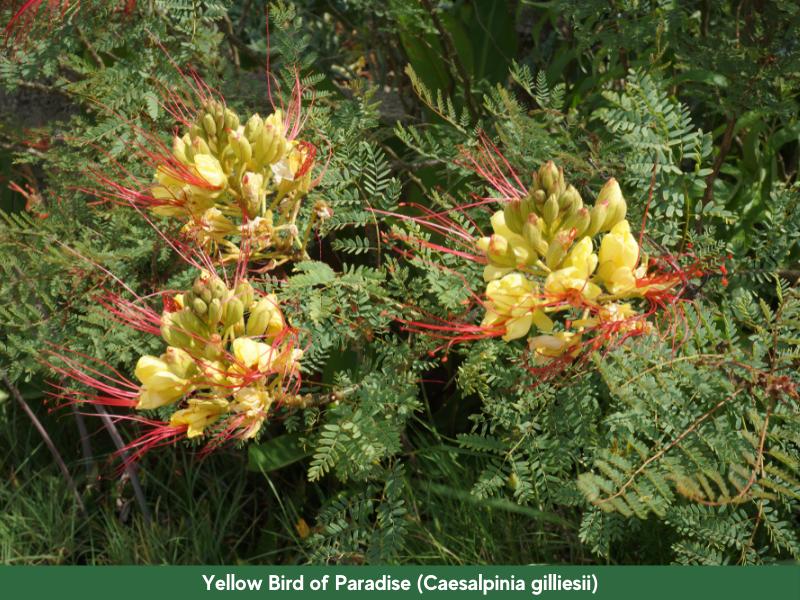
What is the yellow bird of paradise?
The yellow bird of paradise plant is native to Argentina and Uruguay but has naturalized in America’s tropical and sub-tropical regions.
The yellow bird of paradise plant is also called the desert bird of paradise as it can withstand the harsh climatic conditions of the desert.
Characteristically, it has large yellow flowers with a long red stamen, blooming in summer. The plant is a deciduous, evergreen shrub of 6 to 8 feet but can reach 10 feet, the size of a small tree. The yellow bird of paradise spreads 4-6 feet wide.
This desert plant’s leaf venation is pinnate, and the leaf type is bipinnately compound. The leaflets are oval-shaped, approximately 1/4 inch long, yellow or blue-green on the upper part, and light green on the lower side. The foliage has a fine to medium texture and is semi-evergreen or deciduous.
The desert bird of paradise plant has large yellow hermaphrodite flowers, each having five petals and a long red stamen. The flowers are 1 ½ inch wide. Its seeds are in pods resembling a bean. The pods are red to green, hairy, and curl when the seeds are mature and open to release the seeds.
The yellow bird of paradise propagates by seeds, which can be sowed outdoors directly in fall or potted after the last frost. The seeds can be toxic to pets when consumed.
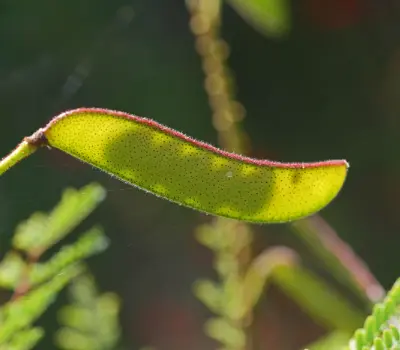
Yellow bird of paradise care and requirements
| Names | Yellow bird of paradise, Caesalpinia gilliesii |
| Sunlight | Full sun, partial shade |
| Water | Low water |
| Temperature | 65oF to 80oF |
| Humidity | 60-70 percent |
| Soil pH | 5.6-7.8 |
| Growing zones | 8,9,10,11 |
| Size | Up to 8 feet tall, 6 feet wide |
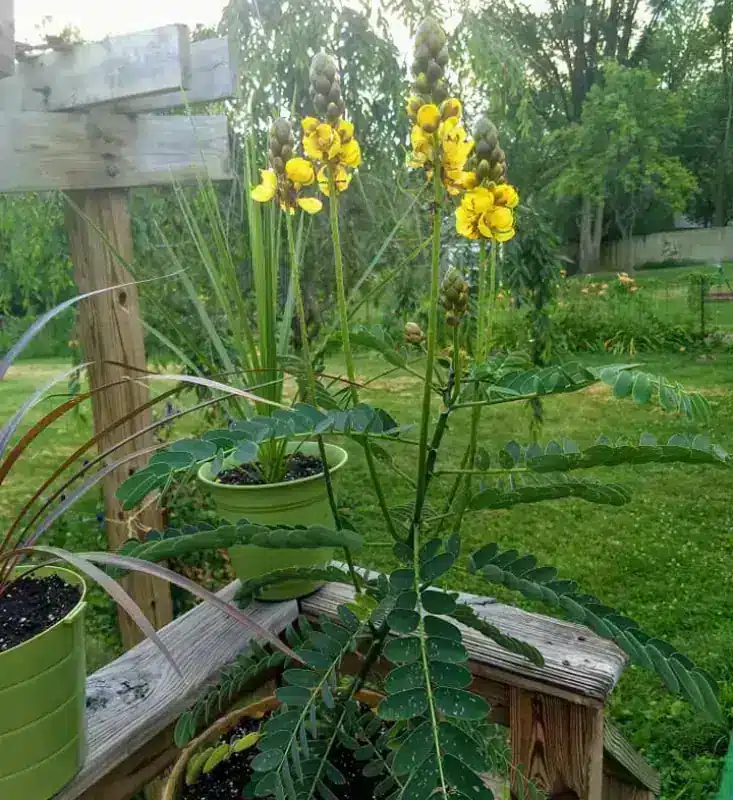
Growing the desert bird of paradise plant to maturity involves providing the optimum elements it needs. Otherwise, the plant succumbs while young. Light, temperature, humidity, soil type, pH, water, and humidity are primary factors that directly affect the development and health of the yellow bird plant.
Light requirements
The desert bird of paradise prefers full sunlight exposure to thrive. However, it can tolerate partial shade, although the growth rate may decrease. Expose the plant to direct sunlight for about 6 to 8 hours daily.
Place an indoor desert plant near a south-facing window. Little or no sun exposure splits the leaves, turns them yellow or brown, and may drop.
Water requirements
The yellow bird of paradise plant needs little water even when actively growing. It’s drought-tolerant and thus can stay longer with less moisture. However, you must increase watering frequency to encourage prolonged blooming and faster growth when it’s actively growing.
Water the plant once after two weeks during summer and decrease the frequency in winter when it’s dormant.
Soil type
The desert bird of paradise plant grows successfully in various soils. However, the soil must have good drainage to keep fungi and diseases such as root rot at bay. Clay, loam, and sandy soil are suitable for growing this desert plant. Heavy clay soils are unsuitable as they can easily cause chlorosis, where the leaves turn yellow because of a lack of iron.
pH
The yellow bird of paradise tolerates soils with neutral, slightly acidic, and alkaline pHs between 5.6 and 7.6.
Temperature and humidity
Temperatures and humidity are other essential elements to consider when growing the desert plant. They influence rates of physiological activities, including transpiration and photosynthesis. The yellow bird of paradise thrives in temperatures between 65oF and 80oF when grown indoors.
The plant freezes at temperatures below 50oF and might not absorb water and nutrients as needed, leading to root rot. On the other hand, higher temperatures increase the plant’s transpiration rate, making them curl its leaves. Extreme temperatures also stress the plant and thus wilts, turning brown and withering.
The desert plant also prefers locations with higher humidity, between 60-70 percent. Low humidity levels around the plant similarly increase the rate of transpiration, causing curled and yellowing leaves.
If grown indoors with a dry atmosphere, install a humidifier to create a microclimate environment for the plant. Alternatively, half fill a tray with stones and water to DIY a humidifier to provide the plant’s optimum air moisture to thrive.
Growing zones and states
The yellow bird of paradise plant is a subtropical plant and thus prefers locations with warmer temperatures in winter.
The desert plant is hardy in zones 8, 9, 10, and 11. These zones have a temperature range of 20oF to 70oF, which is good enough for the plant to survive the cold winters.
Some of the states where it performs best are Texas, Florida, Dallas, Gainesville, Houston, Fort Pierce, California, and Hawaii.
The table below summarizes the optimum growing requirements for the yellow bird of paradise plant
Mature size
The yellow bird of paradise can take up to five years to mature before it starts blooming. An adult bird of paradise shrub grows between 6 feet and 8 feet tall and 4-6 feet wide. A small yellow bird of paradise tree reaches a maximum height of 10 feet.
Blooming
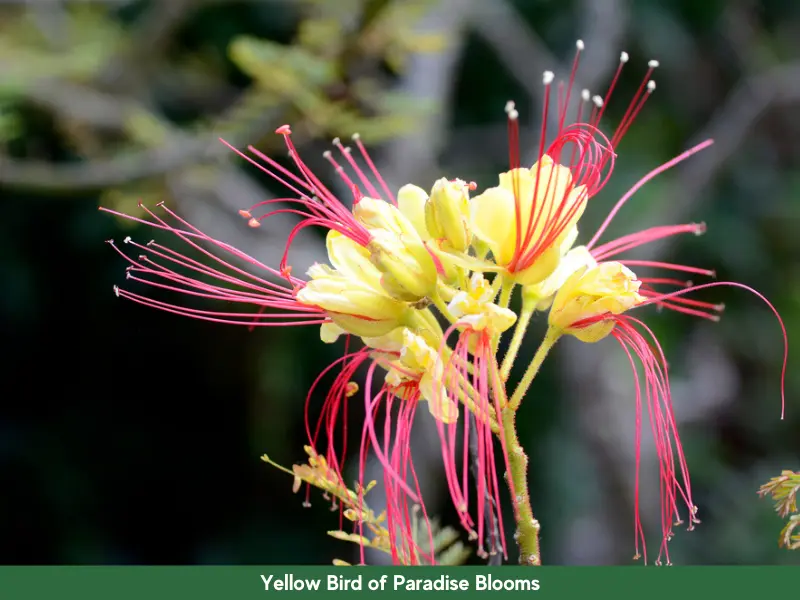
The desert bird of paradise flowers from summer to fall. However, indoor houseplants only bloom when provided with the best growing conditions they need. The plant blooms severally from early summer through mid and late summer to early fall. The yellow bird of paradise produces bright yellow clustered flowers with long red stamens at this stage.
The flowers attract hummingbirds, butterflies, and bees. The seed production occurs after blooming, and the seeds sit in 4-5 inch bean-shaped pods. The seeds later mature, and the pods open to release them for self-seeding.
To encourage your yellow bird of paradise houseplant to bloom, water it once weekly during summer. The soil should be constantly moist, especially when the humidity levels are pretty low. Maximum direct sunlight exposure of up to 6 hours is vital for flowering.
Lastly, feed the desert plant with nutrients to favor blooming.
Uses
The yellow bird of paradise plant is beneficial in outdoor and indoor spaces. It’s best known for decorative purposes but can also be helpful in other ways.
Ornamental purposes
The yellow bird of paradise plant is an attractive shrub to add to your outdoor space to make it more appealing. Alternatively, plant them in pots and place them on screened patios, porches, or in the rooms in your house to decorate these spaces.
The desert plant blooms to produce beautiful yellow clustered flowers with a long, bright red stamen accentuating the site. They are also an excellent choice when landscaping a deserted area where minimal water usage is required. Constant pruning to remove the hardwood is enough to keep the desert shrub attractive for ornamental purposes.
Firescaping
Other than improving the aesthetics of your outdoor space, use the yellow bird of paradise plant to protect your home against fire. Static fires are common in the deserts, and the plant comes in handy for safety.
Since the yellow bird of paradise plant is deciduous, it preserves a lot of moisture. If a fire occurs, the plant will first need to dry its water before it burns slowly and spreads the fire to the nearby structures in your home. The moisture takes longer to dry, giving you enough time to put out the fire before spreading to your property.
Furthermore, the yellow bird of paradise doesn’t have highly flammable oils that might quickly ignite and spread a fire during such incidents.
If you live near a forest or desert, where fires easily break, add the yellow bird of paradise plant within 30 feet of your home to protect it from sudden fires.
Making edges and fences
The yellow bird of paradise plant also comes in handy when creating green fences and edges around your home. The plant is deciduous but can grow to the size of a small tree. It grows relatively higher up to 10 feet, which is a perfect height to form a fence around your home.
Also, you can partition your garden or yard using the desert bird of paradise plant. You only need to propagate by sowing the seeds directly on the ground along the lines you want to create the edges. Over the years, the seeds grow beautifully to form shrubbed edges along with your garden or divide the different sections of your yard.
Toxicity
The yellow bird of paradise’s leaves and seeds are poisonous to pets and people when ingested. However, the toxicity level is relatively low. The leaves have hydrocyanic acid, while the seeds’ pods have tannins to protect them from harmful predators.
Ingesting these poisonous plant parts can lead to food poisoning. Vomiting, diarrhea, and nausea are the most common signs of food poisoning, leading to dehydration and death if not controlled.
Companion plants for the yellow bird of paradise
The desert bird of paradise plant can be grown solely in outdoor and indoor spaces for aesthetics and other uses. Adding other low-growing, herbaceous plants, vines, and perennials that blend well with this plant breaks the monotony and further accentuates your spaces in terms of color, blooms, textures, and heights.
Below are the most common plants to grow together with your yellow bird of paradise plant for aesthetics:
- Bougainvillea
- Jasmine
- Ficus tree (Ficus benjamina)
- Fiddle-leaf fig (Ficus lyrata)
- Schefflera or umbrella tree (Schefflerea amate)
- Butterfly palm (Dypsis lutescens)
- Juniper
- Bromeliads
- Mondo grass
- Carissa
References
- The University of Arizona: Bird of paradise shrubberies for the low desert.
- University of California, Berkeley: Caesalpinia gilliesii.


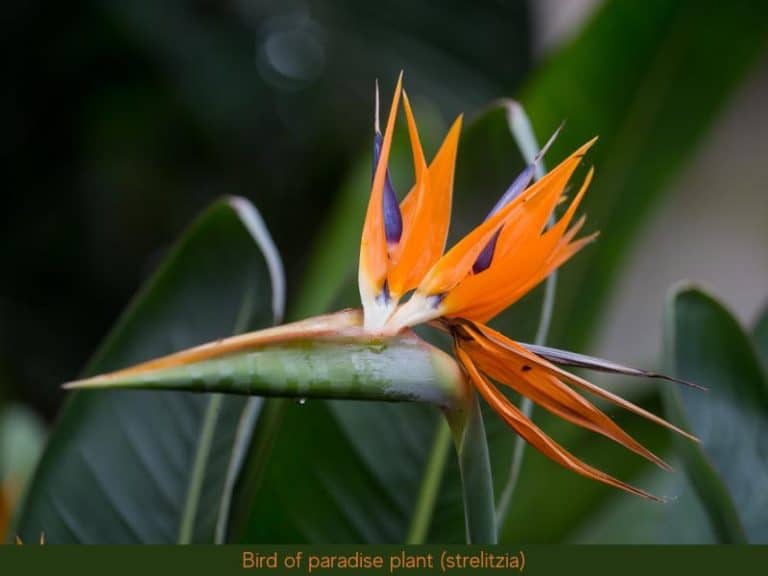
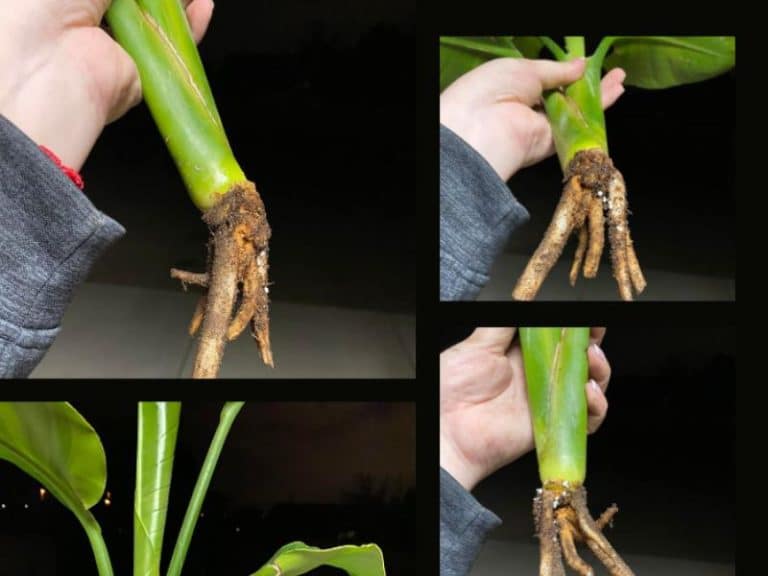
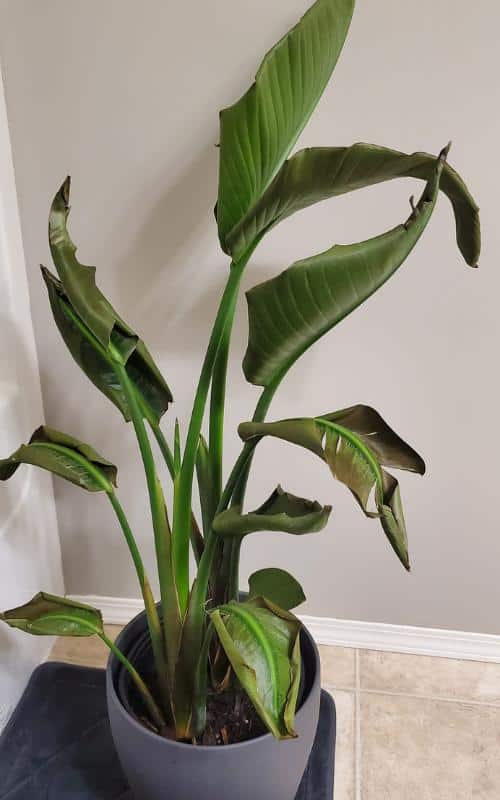
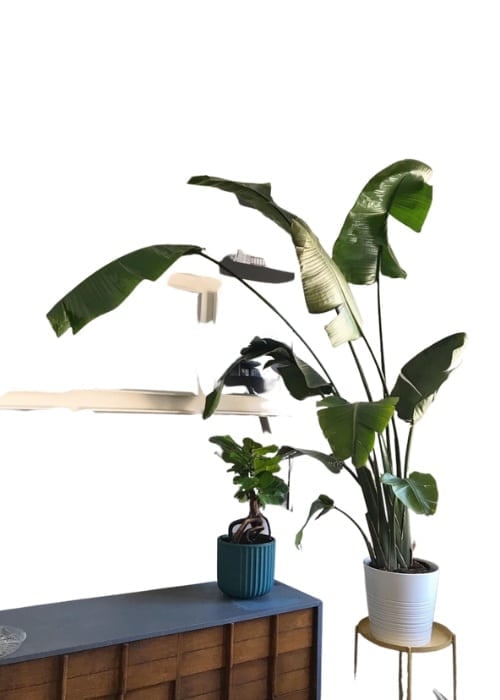
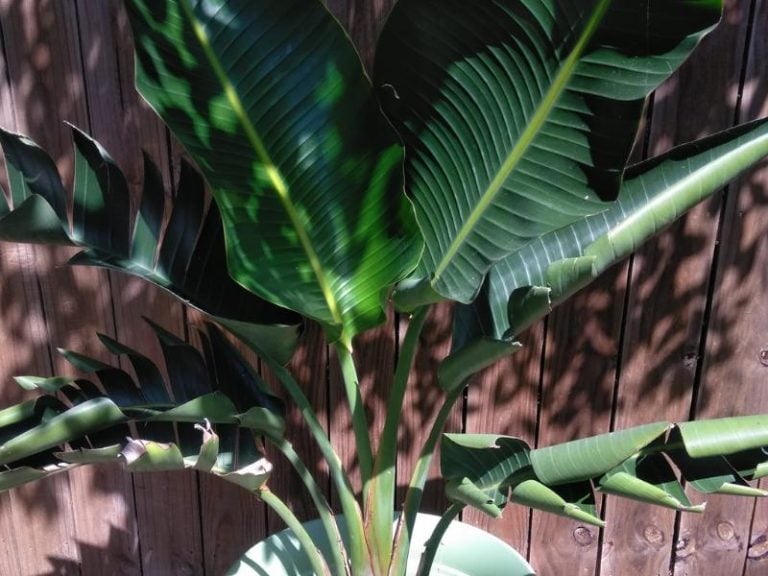
I have a vigorously growing bird of paradise planted this year. It is forming bloom buds, but the flower buds are infested with what seems to be variety of moth or some other larvae. Do you have ideas about cause or ways to prevent? I haven’t seen same in others in our neighborhood